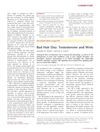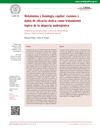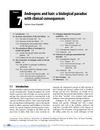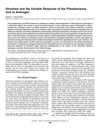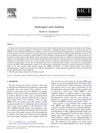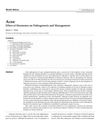Androgenic Alopecia: Pathogenetic Mechanisms and Therapeutic Approaches
June 2013
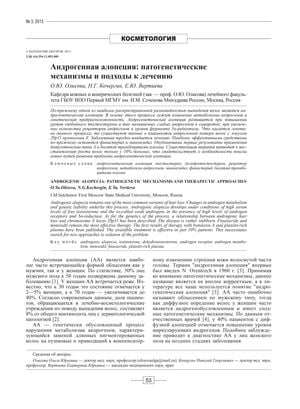
TLDR The document concludes that current treatments for androgenic alopecia are not fully effective, but new therapies like botulinum toxin and PRP show promise, and future gene therapy could be beneficial.
The document from June 15, 2013, reviews the causes and treatments for androgenic alopecia (AA). It explains that AA is associated with high levels of free testosterone, increased androgen receptors, and 5a-reductase enzyme levels, with a possible genetic link to chromosome X locus 20p11. Current treatments like finasteride and minoxidil are not highly effective, with only about 10% of patients experiencing hair regrowth. New therapies, such as botulinum toxin type A and platelet-rich plasma (PRP), show promise. A study with 50 patients showed botulinum toxin type A stopped hair loss in 39% of patients and increased hair density by 18%, possibly by improving blood flow and reducing dihydrotestosterone (DHT) formation. PRP therapy involves injections that activate growth factors, aiding in hair follicle regeneration. The document also touches on the evolutionary aspect of hair loss and its impact on quality of life, concluding that while many treatments are available, none are fully effective, and future research into genetic mechanisms could lead to gene therapy for AA.


